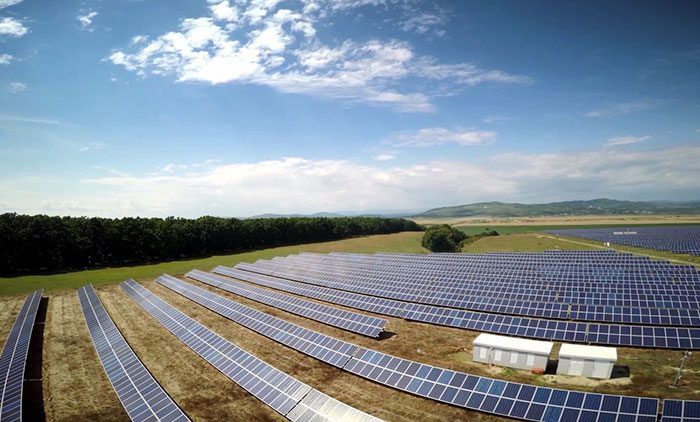ENGIE Sums Up the Real-World Value of Energy Storage Systems
Randy Sukow
|

The academic world sometimes describes the value electric energy storage systems in dry terms of economic theory. NRTC partner ENGIE is interested in translating those analyses into real-world examples of how utilities today are making wise investments through storage deployments. There is a long list of potential cost benefits and environmentally friendly reasons to install storage systems. The usage case will be different for each utility.

In the second of NRTC’s Next-Generation Energy Virtual Workshop series, “Storage: Moving from Hype to Practical Solutions,” ENGIE experts presented a series of revealing case studies. “ENGIE has installed and operates over 175 battery projects in the U.S. This includes projects from a variety of manufacturers and, like the vast majority of the market today, is primarily focused on lithium ion batteries,” said Laura Caspari, ENGIE’s director of Origination during the webcast.
ENGIE’s most familiar example for electric cooperatives was the 4 MW and 250 kW facilities it built in Colorado for United Power (pictured). That project, completed in 2018 with NRTC’s assistance, uses energy storage for the purpose of demand charge reduction. “Demand charge reduction is the number-one use case that demonstrates clear value to co-ops,” said Brett Cullen, ENGIE’s director of Business Development. “Like any good storage project, the co-op and developer should work collaboratively on appropriate system sizing. In this case it was performed based on software using United’s peak demand and commercial tolerance for demand mitigation for maximum benefit to United’s members.”
The United installations delivers about 100 discharges a year to treat peak reduction events and the batteries have a 100 percent capacity guarantee for 10 years. United Power was a turnkey project using Tesla batteries.
United maintains 100 percent control of the facilities. For other installations, ENGIE owns and controls the storage facility and provides access to a utility or utilities through purchase agreements.
Cullen gave the example of two small New England utilities that were seeking cost savings through demand charge reduction. “Both of these projects are operating under what we call an ‘energy storage service agreement’ whereby the utility has the ability to request discharges based on anticipated peaks. During other hours, the projects automatically schedule themselves in the market,” he said. ENGIE provided the utilities the use of proprietary software to help plan and manage discharges.
Storage capacity as a complement to a solar deployment is another common use case. ENGIE offered multiple examples, including a “solar-after-sunset” installation at a military base on Guam. “Quite simply, the solar generation charges the battery throughout the day, and the Guam Power Authority can then discharge the battery during the evening peak,” Caspari said. “In this way, the solar and storage is replacing a more traditional fossil based peaking plant for the island of Guam, in this case saving them significant fuel transportation costs.”
The webinar covered several other ENGIE case studies. NRTC members interested in a recording of the session should contact their NRTC RBMs.
The final installment in NRTC’s summer Next-Generation Energy webinar series is “Distributed Energy: Solving the Needs of Today While Planning for the Demands of Tomorrow,” which begins at 2 p.m. Eastern Time, Thursday, Aug. 27. NRTC partner AutoGrid will discuss its DERMS platform for monitoring and controlling several utility operations, including battery storage systems. NRTC members may register today.


